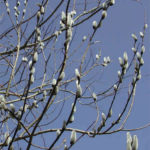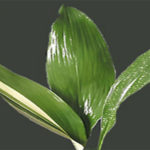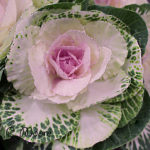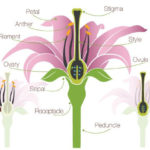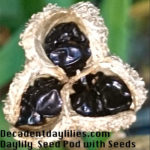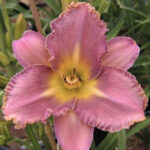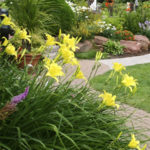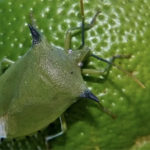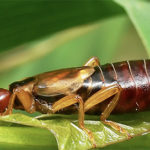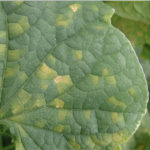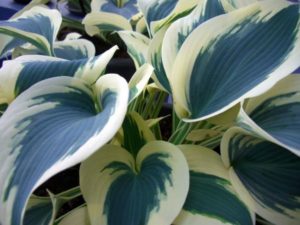
Hosta Plants Grow in Shade
Hosta Plants Grow in Shade
There are a wide variety of different Hosta Plants, each with its own unique needs and attributes. While the overall species is known for being able to grow in low level sunlight and shaded conditions, these are not ideal conditions for all of them. Care for Hostas extends well beyond this myth as each type of plant is unique. Depending on whether the grower is cultivating green, yellow, or white Hostas there will need to be different procedures taken to ensure that the plants can all reach their full potential. Pictured below is Hosta ‘Blue Ivory’ with its eye catching leaf design.
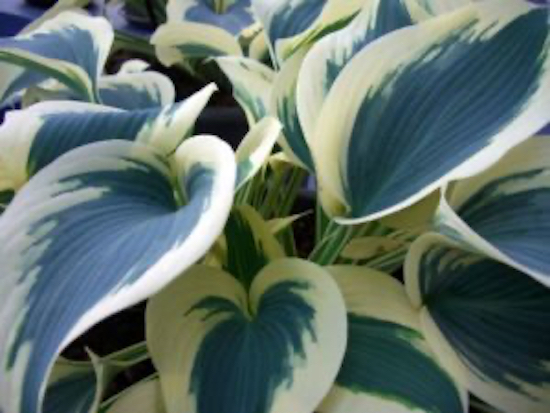 Green Hostas are immensely popular in Australia. They are easy to plant, pretty to look at, and are known for their wonderful smell. Primarily, most varieties of the green Hosta can be planted in the shade. With the exception of the Hosta Plantaginea all of the other green Hostas can thrive in reduced sunlight. While green Hostas can grow in low lighting, they still require some sun. A general rule of thumb is to allow green Hosta plants exposure to the morning sun while keeping them shaded in the afternoon. This allows for the plants to still get their nutrients, while also protecting them and keeping their leaves from getting burnt.
Green Hostas are immensely popular in Australia. They are easy to plant, pretty to look at, and are known for their wonderful smell. Primarily, most varieties of the green Hosta can be planted in the shade. With the exception of the Hosta Plantaginea all of the other green Hostas can thrive in reduced sunlight. While green Hostas can grow in low lighting, they still require some sun. A general rule of thumb is to allow green Hosta plants exposure to the morning sun while keeping them shaded in the afternoon. This allows for the plants to still get their nutrients, while also protecting them and keeping their leaves from getting burnt.
Yellow Hostas are slightly different from their green counterparts. These plants actually do better with more sunlight exposure. Anyone with a Hostas garden should make sure to place these plants in an area that maximises the amount of sun that they can get. This allows them to retain their vibrant yellow colour and provides them with the nutrients that they need. Yellow Hostas that are planted in the shade will begin to turn green and will never do particularly well. Additionally, because these Hostas need more sunlight it is important to make sure that they are well watered. Doing so can prevent any unfortunate mishaps.
White Hosta plants are rather unique. Certain varieties can receive full sun exposure, while others need to be shaded. While each type is different thicker leaved white Hosta plants are generally known for being durable in direct sunlight, while thinner leaved plants should be planted in partial shade. Depending on the type, use the same rules that would typically be associated either with green or yellow Hostas. Also, growers who are unsure whether their plant needs shade or sun should seek out information on the variety. It is a good idea to research the specific type of white Hosta before planting it, this ensures that the plant will be placed in its ideal conditions.
Some of the Newer Hosta cultivars for sale in Australia are Hoster Alleghan frog, Hosta Aurora Borealis, Hosta Blue Blush, Hosta Blue Jay, Hosta Twilight, Hosta Brenda’s Beauty, Hosta Dance with me, Hosta El Nino, Hosta Hercules, Hosta Paul’s Glory. Some of the blue hostas with very blue leaves are Hosta Winfield Blue, Hosta Hadspen Blue, Hosta Halcyon and Hosta Blue Vision, while Hosta Mr Big as the name says the biggest hosta.
Hosta Care
Care for Hostas is different depending on one variation of the plant, but is still relatively simple as long as growers follow the correct steps. By adhering to the general conditions that each type of plant thrives in, and doing some basic maintenance and research, a gardener can easily cultivate their Hosta garden into a vibrant and flourishing place filled with all kinds of healthy plants. By merely following guidelines and making sure that each plant is doing all right, a Hosta enthusiast can keep their plants safe and healthy with very little additional effort. Hostas can be fertilised with slow release fertiliser or liquid seaweed and require splitting up every three or four years, snails are a problem with hostas it is best to prevent snails from coming into your garden with epsom salts.
These are some of the best tips on how to grow Hostas in Australia.




